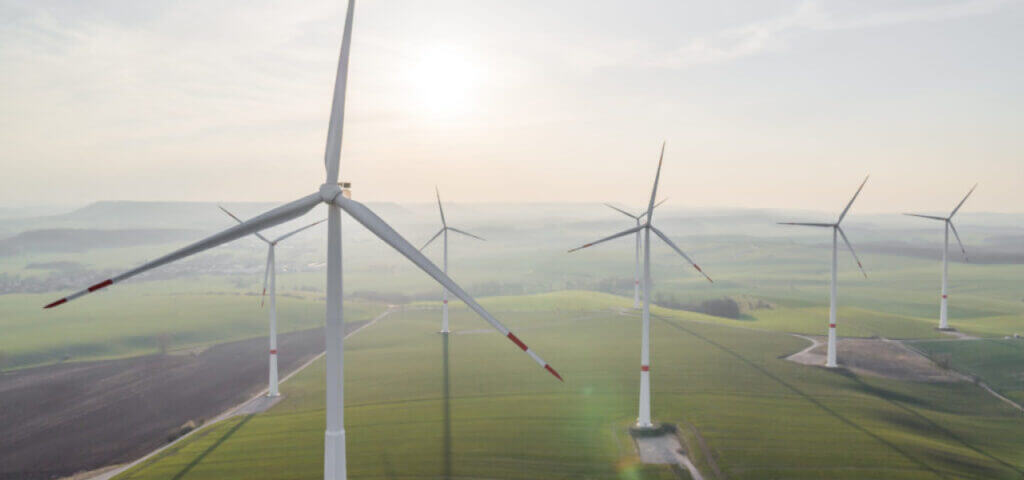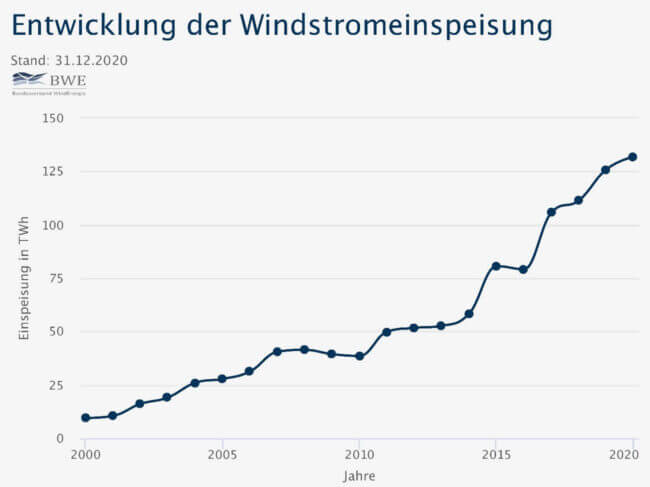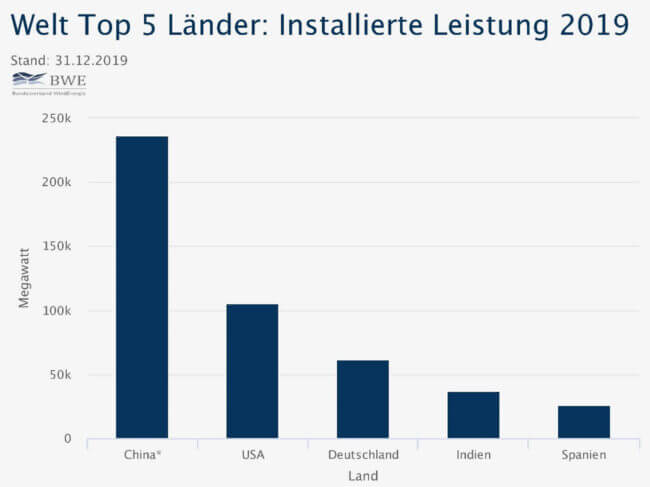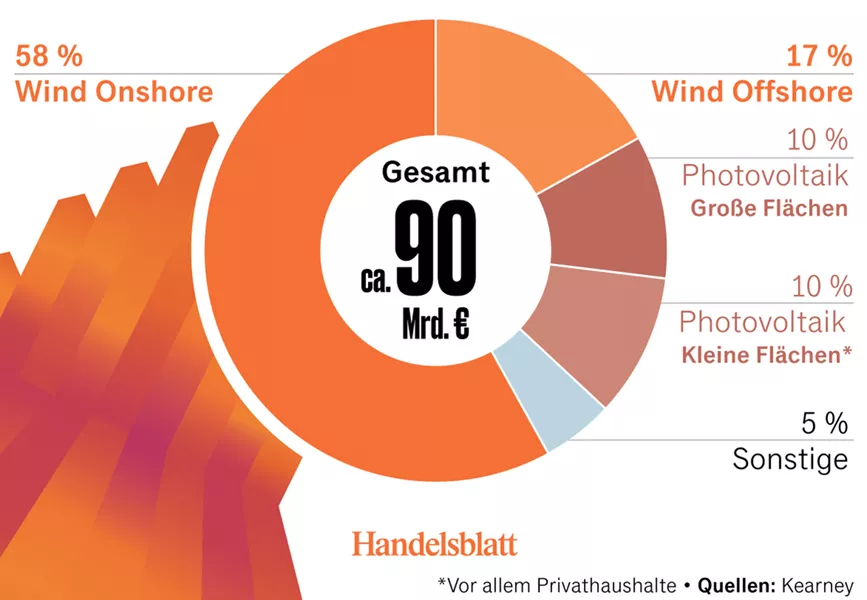Wind power - renewable energy generation is becoming more important than ever

Wind energy is an important pillar of renewable energy generation and thus an important pillar for curbing CO2 emissions. In order to achieve the EU climate target - a 55 % reduction in CO2 emissions by 2030 compared to 1990 levels - fossil energy generation, e.g. from coal-fired power plants, must be decommissioned. Due to the constantly growing energy demand, among other things due to a growing number of data centers, great efforts are required to switch completely to alternative energy generation.
Importance of wind energy
Due to the high safety risks associated with energy generation and the unresolved issue of final storage for radioactive waste, nuclear energy is also not a viable alternative. Consequently, electricity generation must be fossil-free and nuclear-free in order to consistently halt climate change.
As a renewable energy source, wind energy plays a crucial role in the fight against global warming. In 2018, 62 million tons of CO₂ were already saved through the use of wind energy.
The output of a wind turbine is heavily dependent on the location and wind conditions, as well as the size of the wind turbine. With a nominal output of 6 MW, around 3,500 households can theoretically be supplied with electricity for a year. A modern wind turbine generates a good 10,000 MW per year.

Electricity generation from wind power has already increased significantly in recent years. In 2020, 31,000 wind turbines in Germany generated around 134 terawatt hours of electricity. This corresponds to a share of around 23.7 % of total gross electricity generation. With an installed capacity of around 62 gigawatts, Germany was in third place worldwide in 2019 after China and the USA. The growing importance of wind power is also reflected in the sales volume. In 2018, German wind turbine manufacturers generated a turnover of almost 13 billion euros.

The European energy sector wants to invest massively in wind power by 2030
The potential of renewable energies is far from exhausted. The share of electricity production from renewable energy sources has already risen from just under 20 % to around 40 % in the last 10 years. This means that wind energy has also taken a firm place in electricity generation. However, in order to achieve the climate targets at EU level and ensure a reliable power supply, this sector must continue to grow. The increase in EU targets from the original 40 % to 55 % is further accelerating the energy transition.
In concrete terms, this means that Europe's energy sector will invest heavily in renewable energies this decade. According to an analysis by management consultants Kearney for Handelsblatt, there is an investment volume of at least 650 billion euros lurking in renewable energies. If the framework conditions do not change and both wind and solar energy continue to be subsidized, the volume could even exceed one trillion euros.
A large proportion of this investment will flow into wind energy. Around 90 billion euros are to be invested in renewable energies in Europe as early as 2022, 68 billion euros of which will be invested in wind energy alone according to the Handelsblatt Energy Summit 2021.

Economic efficiency of wind turbines and supplement to solar energy
Alongside hydropower, wind power is currently one of the most effective and cheapest methods of generating electricity from renewable sources. Technical progress as well as higher output due to larger rotor diameters and an enormous reduction in production costs make wind power a lucrative and profitable business. Wind power plants have the advantage over solar power plants that they also supply electricity at night. Solar and wind energy therefore complement each other - there is usually more wind when the weather is bad and there is little feed-in from solar energy. Similarly, on sunny days, the temperature differences in the evening and night hours often lead to wind.
Downtime is expensive
The defect or failure of a wind turbine can very quickly lead to very high costs. The fault is usually caused by the failure of an electrical component or assembly. For this reason, the power supply to the control and monitoring electronics is particularly important and must not be vulnerable.
Wind turbines are often located remotely or even offshore. Servicing at sea or at high altitudes quickly leads to high costs - every maintenance job, especially unscheduled jobs, costs a lot of money. Replacing electrical components is also not easy under these circumstances. A standstill of the system also means significant losses in the feed-in and in the operator's earnings.
Enhanced power supplies from Wöhrle
Wöhrle's DC and AC voltage systems are developed and manufactured according to the strictest criteria. Complete and modular uninterruptible power supply systems combined with long-life batteries for the most diverse climatic zones and environments form fail-safe power supply units for the wind power industry. Northern Scandinavia, Spain or South Africa; in heat and cold - Wöhrle has experience and expertise that contributes to the reliability of wind turbines in use worldwide. A detailed report will follow in the course of the year.